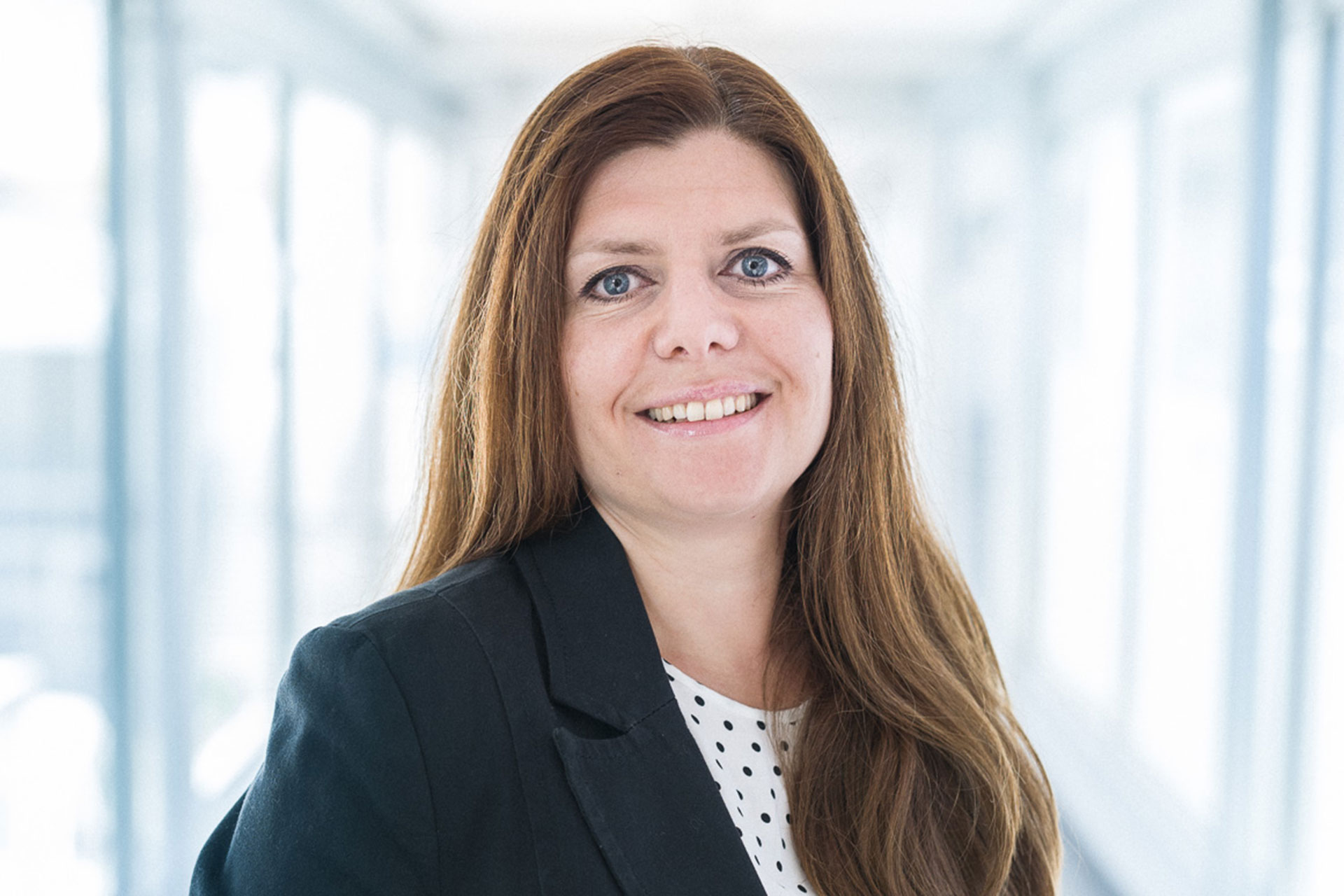Thomas Nürnberger has been Managing Director of Sales and Marketing at the ebm‑papst Group since April 2021 and has been President of ebm‑papst China for five years. In an interview, he talks about internationality, what we learn from China and what customers can expect from him.
Mr. Nürnberger, you have lived in China for the last 15 years. How much has this time shaped you?
15 years shape you a lot, make you more open to other perspectives and cultures and make you adaptable. Of course, that all helps if you want to do business in other regions. China is very fast paced. Developments that took 50 years in Germany, have taken China 15. It is difficult to get into Chinese society. I have managed it because I am married to a Chinese woman, as family is greatly important to China. And a company is also a group that sticks together. You do more with colleagues than in Germany. I like the way of life here.
You speak Mandarin, and are married to a Chinese woman. What role does diversity play in a global technology leader's sales?
Women, men, various generations, countries, cultures, areas of responsibility, languages: diversity is important because it brings more input and ideas into the company. I want ebm‑papst to become even more international with me. Language plays an important role in this: we need to use English more as the company's language. We are still at the beginning with this. We will also involve our foreign sites more strongly in strategic development. We are already working on this.
What can you learn from the Chinese market?
Definitely the speed I mentioned earlier. You can also learn about having a strong customer focus from the Chinese market. This is not just a task for Sales, but is also a thread through the whole company. Chinese peoples’ willingness to try out new things is also very characteristic. Of course that is good for everything to do with digitalization.
Here, China also has a dubious reputation for being a leader in copying products. What do you think about that as an insider?
Yes, a lot is copied in China. The government also allows it by and large. However, in China, it is also no longer about launching products on the market under a false label. We are also taking action against this. However, it is still difficult to prevent a design structure, for example an impeller, being copied. That is a problem because Chinese people are fast. We can protect ourselves best by developing our products in an innovative way and providing application support for the product. And that is certainly one of our strengths. We understand what the customer needs, and that offers added value that is not easy to copy.
China is also in the process of being more than just the extended workbench.
In some sectors, China is even the technology leader: battery technology, drones, software and information technology, such as facial recognition software. Here, the programs can already detect a face under a mask. China is acting strategically here: there is a clear vision and five-year plans to implement this vision. Under "Made in China 2025", the topic of modern technologies in manufacturing is becoming increasingly important. Automation is also moving into Chinese factories. But there is still a major gap between the factories in the urban centers such as Shanghai and those in the countryside.
You are now responsible for global sales. How does your approach differ for China and the Americas?
There are many parallels. For example, personal contact with the customer is also very important in the Americas. And there is more demand for metal impellers for fans both in China and America. Therefore, the approaches are similar. In Johnson City, we are currently investing in a new site to be able to offer customers a good supply chain.
What is your main focus in sales when dealing with your customers?
We want strategic partnerships, in which we interlink our customer’s roadmap with ours. We have done this in the past, but in the future, we will need to make this even stronger, and stronger beyond Europe. We are already serving the Asian market from China with specific products. We want to expand this globally. In this regard, the central question is how we can fulfill the existing demand. We need to develop products that meet the requirements, including in terms of price. Design-to-cost and design-to-market will guide us there. Our modular solutions will help us to achieve this.
Do you focus on a particular application market?
We focus on our core business, which is driven by the megatrends of energy efficiency, digitalization and indoor air quality. We have the right products for this. That is why we are aiming at data centers and commercial air conditioning. In Europe, there is also the heat pump market, which is seeing a strong abandonment of combustion systems for electrical systems. We are also positioning ourselves even more strongly as a solution and service provider, which enables us to offer customers greater added value in their applications, for example by helping to improve the efficiency of an application not only via the motor, but also through the air duct design. And, of course, when we say services, we also mean digital services, which we can use to be very flexible in meeting our digital customer wishes with our think tank ebm‑papst neo.
Climate protection is one of the key issues of our time. How much does it drive you from a sales point of view?
We have been fundamentally, indirectly involved in climate protection for some time, for example, in e-mobility, where we offer solutions for both vehicles and charging infrastructure. Heating also plays an important role. Gas heating will not die in the next three years. Instead, we see great potential with hydrogen and synthetic gases.
ebm‑papst moving not only air, but also taking care of air quality is new.
Well, ebm‑papst moves air, but also cools and heats it. This is at least indirectly part of the quality. And we are continuing to do that. There is now no other way of moving air in an efficient way. More buildings are equipped with air conditioners and decentralized ventilation systems to improve comfort and health. Viruses, for example, will continue to concern us. Filtration plays a major role here, an area where our products are the first choice for all manufacturers of filtering systems. In doing so, we can rely on a lot of experience gathered from cleanrooms. In commercial buildings, air quality has a direct impact on the productivity of the people who work there. We offer the right sensors and data analysis for this purpose.
Which challenge is currently occupying you most?
Supply is currently the most difficult issue and that is the same for the whole market. In the coming years, customers will also want to be supplied more flexibly, quickly and economically. To achieve this, we need to remain competitive with innovations but also through our global footprint. By moving towards local supply chains, we avoid freight costs and are close to the customer. Innovation can go in two directions: you can have the best and most energy-efficient product, but you can also offer a good-enough product at a good price. We do not make any compromises when it comes to quality, but we tailor products to the specific market requirements. We are the leading innovator, and this year we not only increased our investments in concrete and systems, but also in our development.
What can customers expect from you coming up?
Over the next three years, we will light a real innovation firework. We have just started this with the latest generation of our RadiPac centrifugal fan. We are offering products more and more with digital services. And since we are the partner who best understands the customer application, we solve our customers’ problems. We have been ensuring this by discussing and launching a lot of topics internally, which we have then brought to an end and, with that, to the markets. What we are doing well today, we want to do even better tomorrow.

